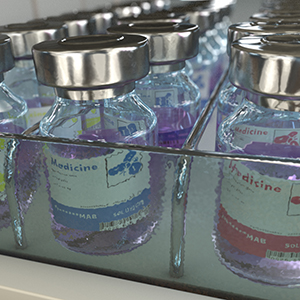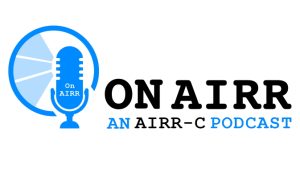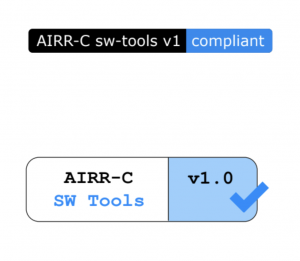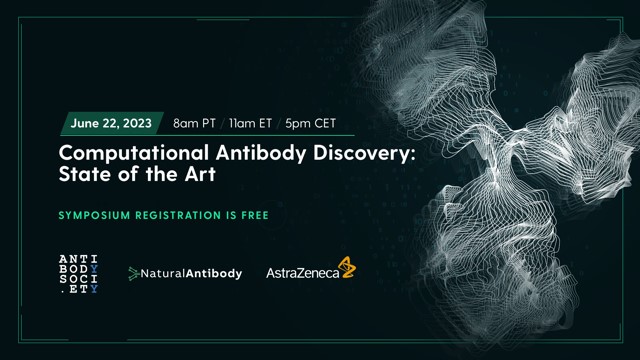To make science accessible, we need clear and concise communication. The Antibody Society thus offers our student and post-doc members a chance to grow this skill through a Science Writing Competition. This competition is organized and managed by the Society’s Communications & Membership Committee. Entrants submitted essays of 1200 – 1500 words on a topic related to antibody research that were evaluated by our panel of judges.
Our student winner is:
Rodrigo García Valiente, Amsterdam UMC, University of Amsterdam, Amsterdam, the Netherlands
Essay title: Antibodies, those party poopers
Our post-doc winner is:
Dr Zack Saud, Cardiff University, Cardiff, UK
Essay title: On the Origins of Antibodies: Natural and Man-made
Winning essays from previous Science Writing Competitions can be accessed here.





